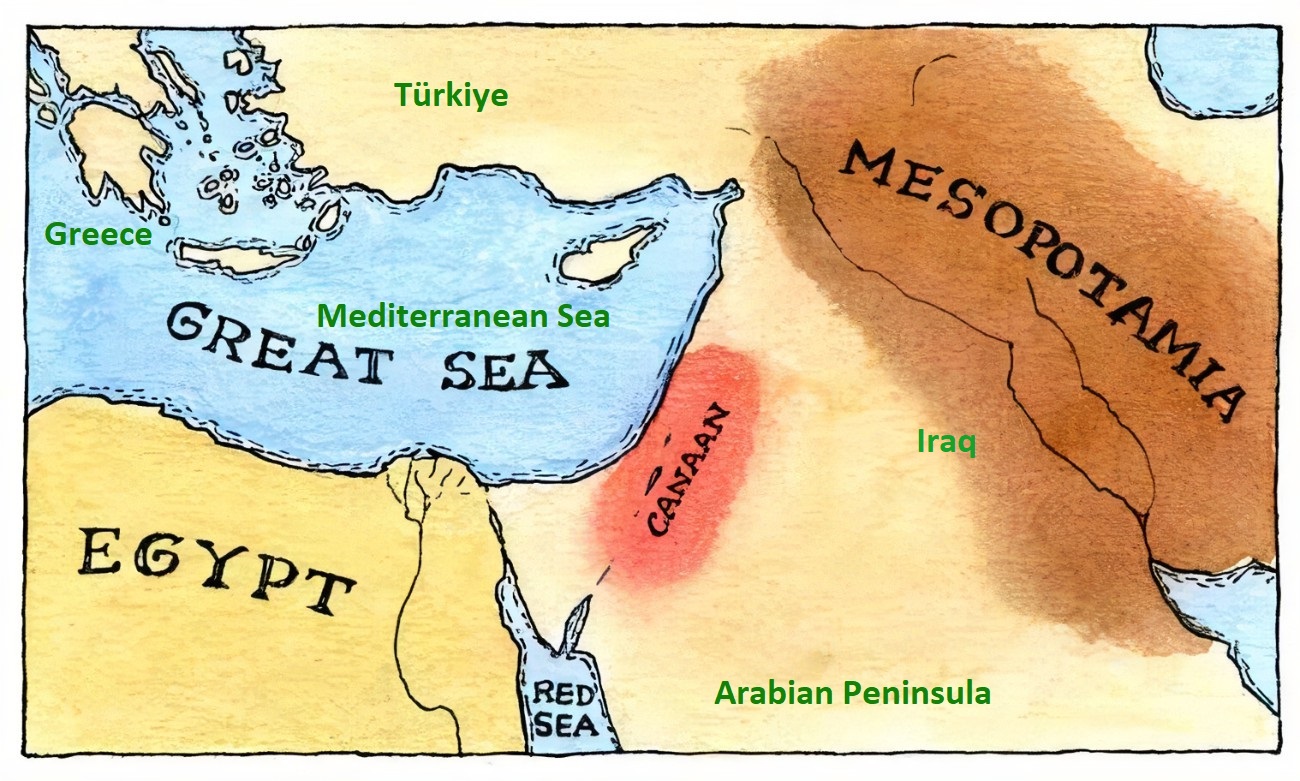RELIGION
If you are interested in a specific religion, please click on the appropriate link in the description below.
There are many religions in this world, a lot more than most people have time to study them all. The vast majority of these religions are local, i.e, their followers are mainly limited to one country or one culture. In order to focus our efforts, we plan to limit this page to religions that have or had followers across multiple countries/cultures.
About three quarters of world's population believe in one of the two traditions: Abrahamic and Dharmic. Each of these traditions has a long history. Originally these two traditions were developed locally. Slowly they spread to other places and were accepted by local population in those places. At the same time these traditions evolved and split into a variety of related religions. We will learn about the evolution of the traditions and the associated religions.
The Abrahamic tradition originated from a patriarch named Abraham, whose life was told in the Book of Genesis. According to Genesis, Abraham was called by God to leave the house of his father and settle in the land of Canaan, which God promised to Abraham and his progeny. Below is a map showing the location of Canaan. Words in green are the present-day names of the locations so readers can associate the location of Canaan with present-day maps.

Abraham had many sons. Muslims trace their origins to the elder son Ishmael while Jews and Christians trace their origins to the second son Isaac. Today about 1/3 of world's population believe in Christianity and about 24% are followers of Islam.
Dharmic religions followers practice Dharma. These religions arose from the Indian subcontinent. The most populous are Hinduism and Buddhism. About 23% of world's population follow Dharmic religions.
The word "dharma" (also spelled as "dhamma") is a key concept with multiple meanings in Dharmic religions. Although there is no direct single-word translation for dharma in European languages, it is commonly translated as "righteousness", "merit" or "religious and moral duties" governing individual conduct. Generally speaking, dharma encompasses duties, rights, laws, conduct, virtues and "right way of living".
Some people consider dharma belief a "faith" and not "religion." This, of course, depend on how one defines religion.
Below is an inscription by Indian Emperor Ashoka of the Prakrit word "dha-m-ma" in Brahmi script on his Edicts of Ashoka. Prakrit is an Indo-Aryan language that was used in the Indian subcontinent from around 3rd century BCE to the 8th century CE. Brahmi is a writing system of ancient India.

In addition to Canaan and Indian subcontinent, the Iranian plateau (also called the Persian plateau) are homes to great religions. We study three of them: (1) Baháʼí, (2) Manichaeism, and (3) Zoroastrianism. Below is a map showing the Iranian plateau and surrounding areas.

The above map also includes a red area near the Mediterranean Sea. This area roughly corresponds to the land of Canaan. Thus, this map shows the relative location of the three areas where the religions discussed here originated.